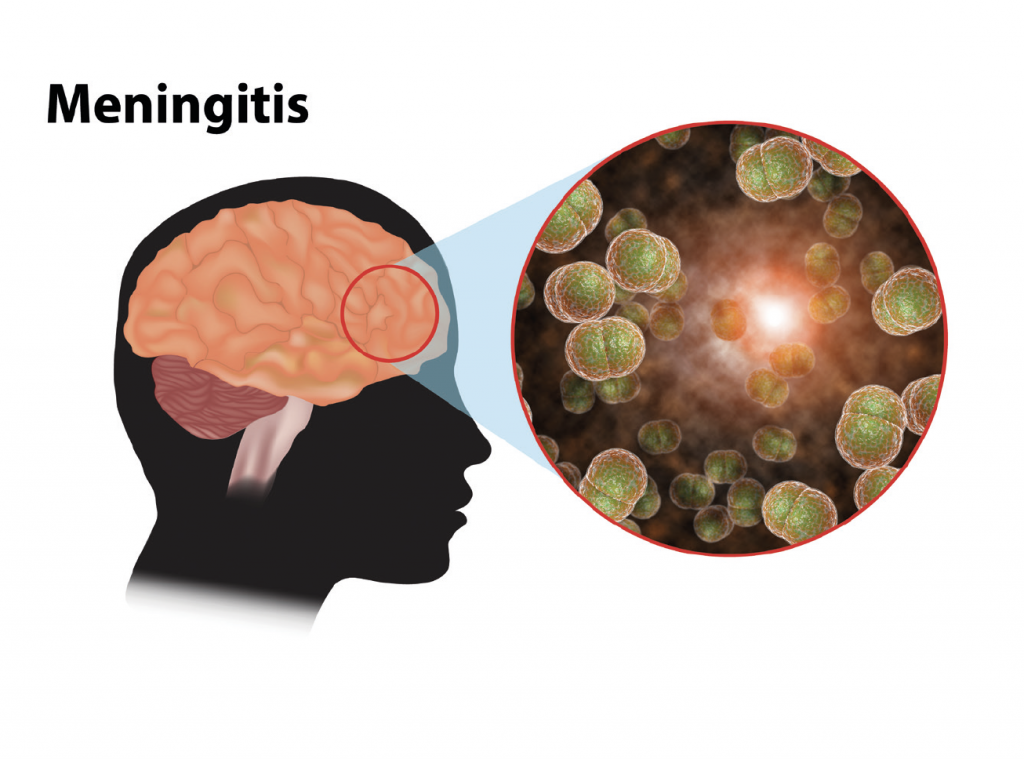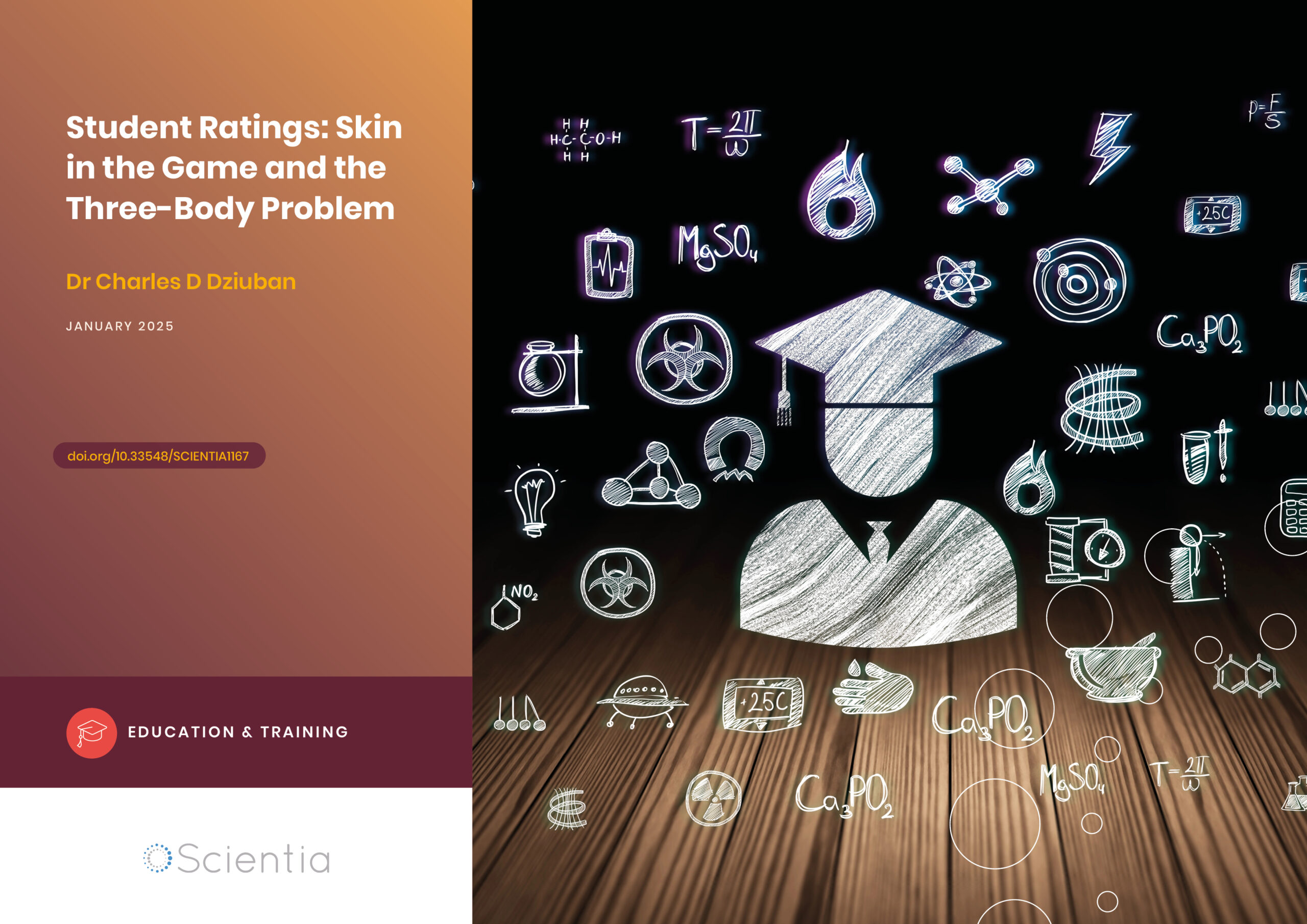Meningitis Research Foundation
 Meningitis and septicaemia are serious, life-threatening illnesses that can kill within hours. The Meningitis Research Foundation (MRF) is the leading UK, Irish and international charity working to bring together people and expertise to defeat these diseases. In this exclusive interview, we speak with Vinny Smith, Chief Executive, to hear about their vital work, key achievements and future plans.
Meningitis and septicaemia are serious, life-threatening illnesses that can kill within hours. The Meningitis Research Foundation (MRF) is the leading UK, Irish and international charity working to bring together people and expertise to defeat these diseases. In this exclusive interview, we speak with Vinny Smith, Chief Executive, to hear about their vital work, key achievements and future plans.
To begin, please tell us how the MRF came to fruition.
MRF was founded by a family who tragically lost their son to meningitis just over 30 years ago. Driven by this awful experience, they decided it was important to set up a charity that could raise awareness and increase research into the disease so that other families did not have to go through what they had.
You became the Chief Executive of the MRF in 2015, bringing with you a wealth of diverse leadership experience. What are your aims for MRF?
Our aims are driven by the families we support. They ask us to help prevent new cases, to ensure those who do get the disease are diagnosed and treated effectively by trained and resourced health workers, and to make sure people have the information, advice and support they need. We achieve this by enabling research that supports better policy and by transforming engagement in meningitis as an issue from global policy right down to individuals and the support they need. If we’re successful, this will ensure MRF stays the world’s leading meningitis charity.

What would you say are MRF’s most important achievements to date?
When MRF was founded, outbreaks in the UK and Ireland were at far higher levels than they are today. Thanks to our work and our partners, rates in the UK and Ireland have come down significantly since then through the introduction of new and effective vaccines. This is an incredible achievement that we and our supporters played a major role in achieving. Over the past 3 years we built on this great platform and in November last year the World Health Assembly passed its first ever resolution on meningitis with a goal to defeat the disease by 2030. We led the calls for this to happen and have been instrumental in the process.
How does MRF support research? What types of research do you focus on?
We support research in four ways. By convening people and expertise through research conferences, meetings and the Global Meningitis Genome Partnership for which we are the secretariat. We directly fund research, for example, into genomics building on the success of the MRF Meningococcal Genome Library and Global Meningitis Genome Library. We partner on research into long term impact of meningitis in people’s lives. And we create and share the best available data and evidence on progress being made against meningitis around the world through the Meningitis Progress Tracker.

How is the general public involved in your work?
Our supporters and public shape our whole strategy and approach. In the past three years they have been instrumental in guiding the priorities of the new global roadmap for meningitis and we have just finished consulting with them about our next 5-year strategy. They have also often been directly involved in research as participants in studies or trials. On top of that, they are the most incredible advocates for change, holding policy makers to account and demanding change.
We are, of course, in the midst of the COVID-19 pandemic. How has this affected the work of MRF?
As an organisation everything has changed. As with most other charities, our income has dramatically decreased for the time being because supporters cannot fundraise like they used to because of lockdown measures that have to be in place. This means we have had to reduce our investment in research, make some people redundant, move office, work from home, and put some work on hold as a result. But what drives us and what motivates our team and our supporters and the public hasn’t changed at all. That’s why, with their help, we’re still here and with the news of coming vaccine programmes we continue to be optimistic about our work.

Finally, looking now to the future, MRF has the stated aim of defeating meningitis by 2030. What will this ambitious goal involve over the next ten years?
In short it requires the largest global collaborative effort for meningitis ever attempted. It will mean ending epidemics; dramatically reducing new preventable cases; and ensuring the people who do survive with after affects including disability get the support they need. This requires better use of and access to existing vaccines as well as new vaccines. It requires better diagnosis and treatment, including new rapid diagnostic tests. It requires better surveillance and data on the disease and its impact. It needs support for people living with the often lifetime impact of ‘surviving’. It requires engagement, advocacy and awareness for policy makers and citizens to deliver change on the ground. And of course it will need funding – lots of it.
W: https://www.meningitis.org/
Twitter: @M_R_F
Reference
https://doi.org/10.33548/SCIENTIA618
Want to republish our articles?
We encourage all formats of sharing and republishing of our articles. Whether you want to host on your website, publication or blog, we welcome this. Find out more
Creative Commons Licence
(CC BY 4.0)
This work is licensed under a Creative Commons Attribution 4.0 International License. 
What does this mean?
Share: You can copy and redistribute the material in any medium or format
Adapt: You can change, and build upon the material for any purpose, even commercially.
Credit: You must give appropriate credit, provide a link to the license, and indicate if changes were made.
More articles you may like
Dr Charles Dziuban | Student Ratings: Skin in the Game and the Three-Body Problem
An ongoing concern in higher education is how to include the student voice in teaching. Dr Charles Dziuban has dedicated much of his career to examining student and faculty outcomes as well as gauging the impact of online, blended and lecture capture courses in universities in an effort to improve the educational experience for students. On the basis of his work, he now presents a model for effective teaching and evaluation based on capturing the student voice.
Dr Michael Hicks | Creating Skeletal Muscle from Stem Cells
Recognising the precise steps involved in the differentiation process of stem cells into various cell types is crucial to regenerative medicine. Researchers face the specific challenge of how to fine-tune and optimise protocols for directing stem cells to differentiate into specific cell lineages. As such, the directed differentiation to skeletal muscles has not yet advanced to the clinical trials stage. Dr. Michael Hicks from the School of Medicine at the University of California, Irvine, is working to change this with his extensive studies into the transition of stem cells into skeletal muscles.
Dr Yassine Ait Brahim | When the Sahara Grew Green: Constraining the ‘Green Sahara’ Across Time and Space
Understanding the dynamics of Earth’s ancient climate is an important avenue of research. By examining past climate variability, we can improve our understanding of natural climate cycles and factors influencing current climate change. Dr Yassine Ait Brahim of the University Mohammed VI Polytechnic (UM6P) in Morocco worked with colleagues to analyse isotopic data recovered from cave mineral deposits in Northwest Africa. This exciting research is focused on the precipitation history of the Sahara Desert, which, perhaps astonishingly, had periods of vegetation cover and mega-lakes.
Dr Tomonori Kaifu | Battling Bone Diseases: The Intriguing Roles of the Dendritic Cell Immunoreceptor
Unravelling the complex communication pathways between cells is vital to identifying new therapeutic targets for certain bone diseases. Dr Tomonori Kaifu is based at the Tohoku Medical and Pharmaceutical University in Japan. Over the years, his research has focused on cell signalling via the dendritic cell immunoreceptor. He works to understand the various roles of this receptor in regulating the immune system and metabolism of the bones, with the aim of developing novel therapies for metabolic bone diseases and autoimmune conditions.




